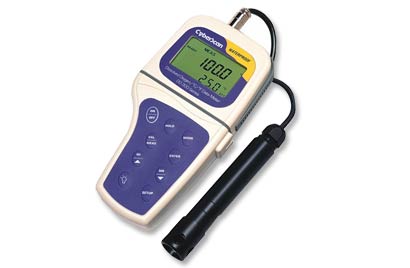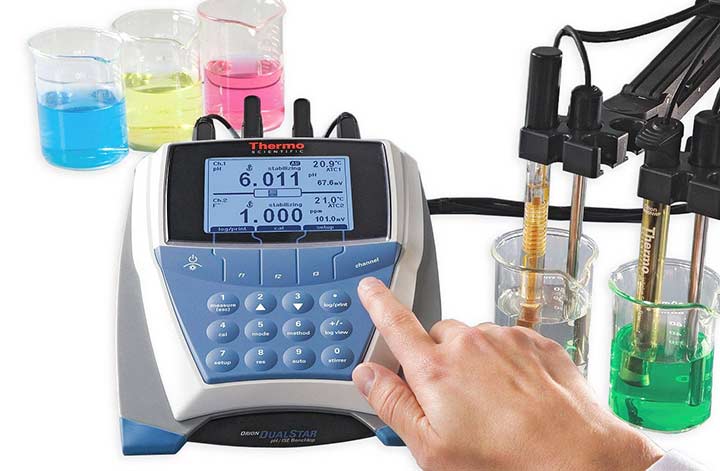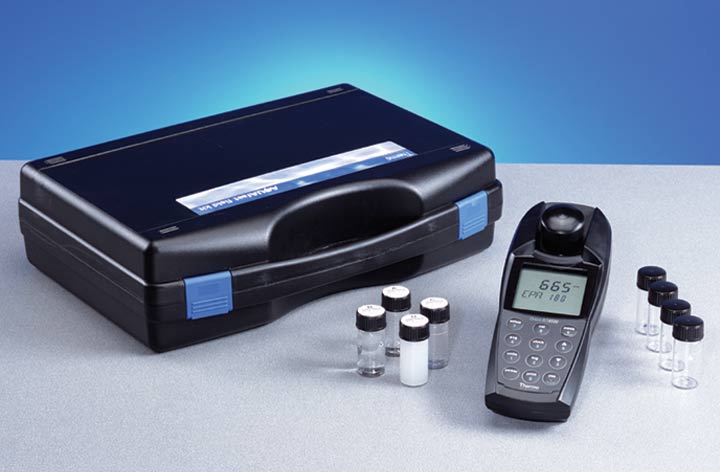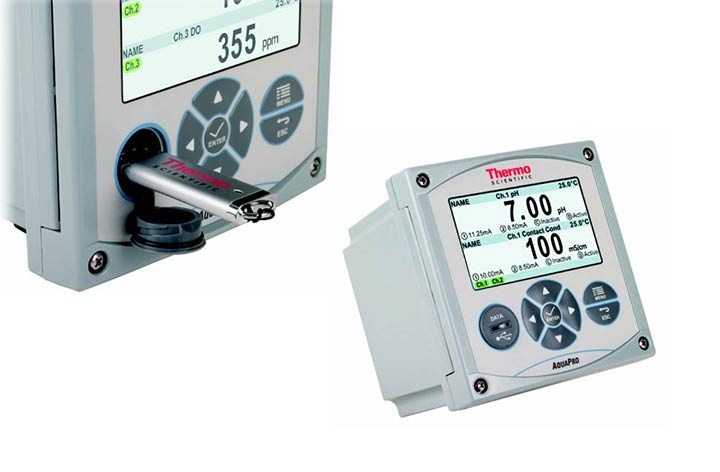Dissolved Oxygen Measurement in Water
 Oxygen is essential for the survival of aquatic life and is incorporated into surface waters by direct absorption from the atmosphere, more so in turbulent streams. DO refers to the level of free, non-compound oxygen present in water or other liquids. It is then consumed by organisms and decaying organic matter. An excess of decaying organic matter leads to a shortage of oxygen, which can prove fatal for fish. DO is necessary to many forms of aquatic wildlife, fish need DO for respiration and plants require it for respiration when there is no light for photosynthesis. If DO concentrations drop below a certain level, fish mortality rates will rise. Areas with little to no dissolved oxygen are known as dead zones as aquatic organisms cannot survive there. These zones are often located near areas that are heavily populated with people.
Oxygen is essential for the survival of aquatic life and is incorporated into surface waters by direct absorption from the atmosphere, more so in turbulent streams. DO refers to the level of free, non-compound oxygen present in water or other liquids. It is then consumed by organisms and decaying organic matter. An excess of decaying organic matter leads to a shortage of oxygen, which can prove fatal for fish. DO is necessary to many forms of aquatic wildlife, fish need DO for respiration and plants require it for respiration when there is no light for photosynthesis. If DO concentrations drop below a certain level, fish mortality rates will rise. Areas with little to no dissolved oxygen are known as dead zones as aquatic organisms cannot survive there. These zones are often located near areas that are heavily populated with people.
Dissolved Oxygen concentrations are constantly affected by diffusion, photosynthesis and decomposition. DO will also fluctuate due to temperature, salinity and pressure changes. As a result of this, levels can range from 1 mg/L to more than 20 mg/L. In freshwater such as lakes, rivers and streams, DO levels will vary depending on the season so it is important for water quality to have it monitored.











